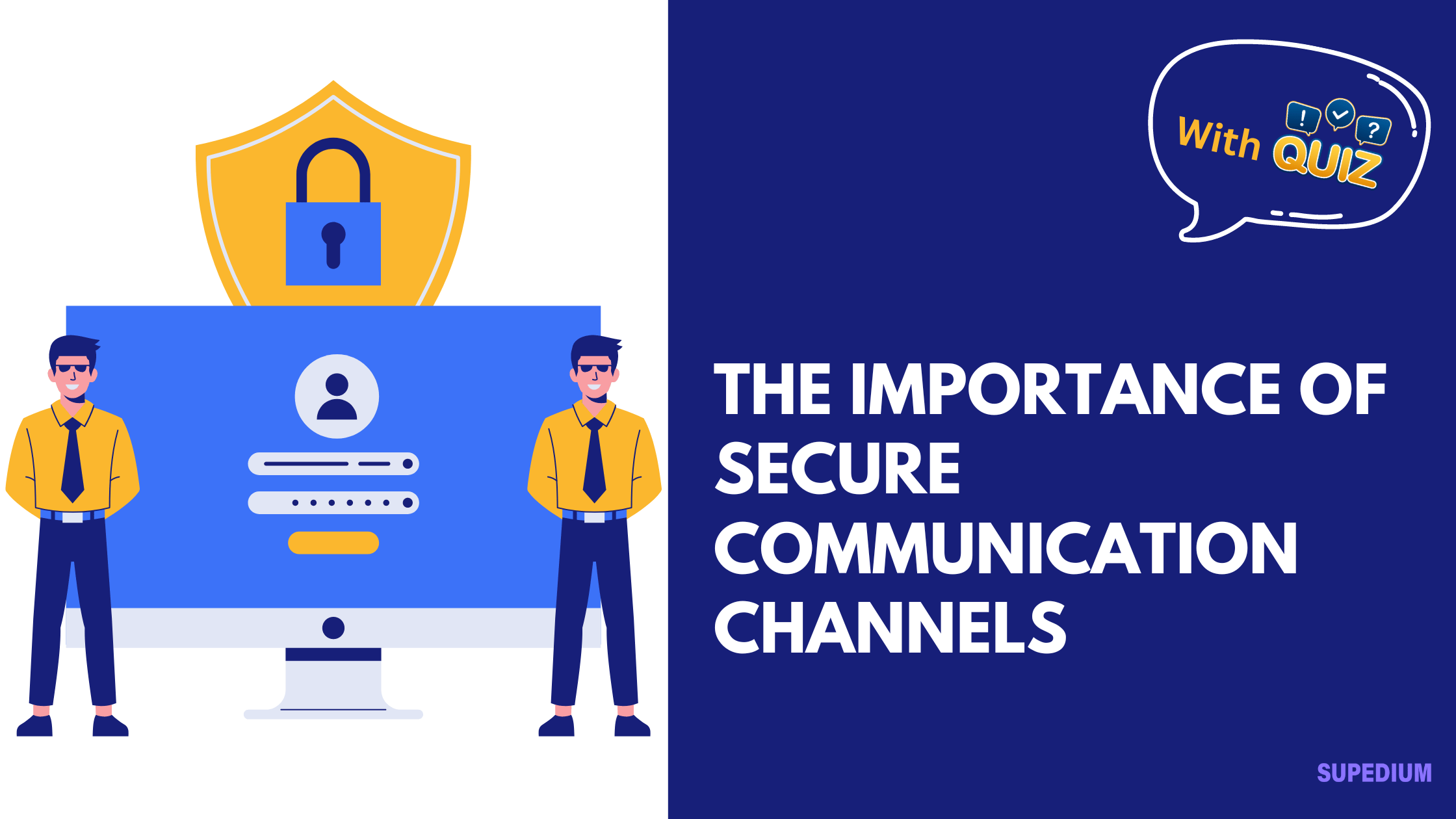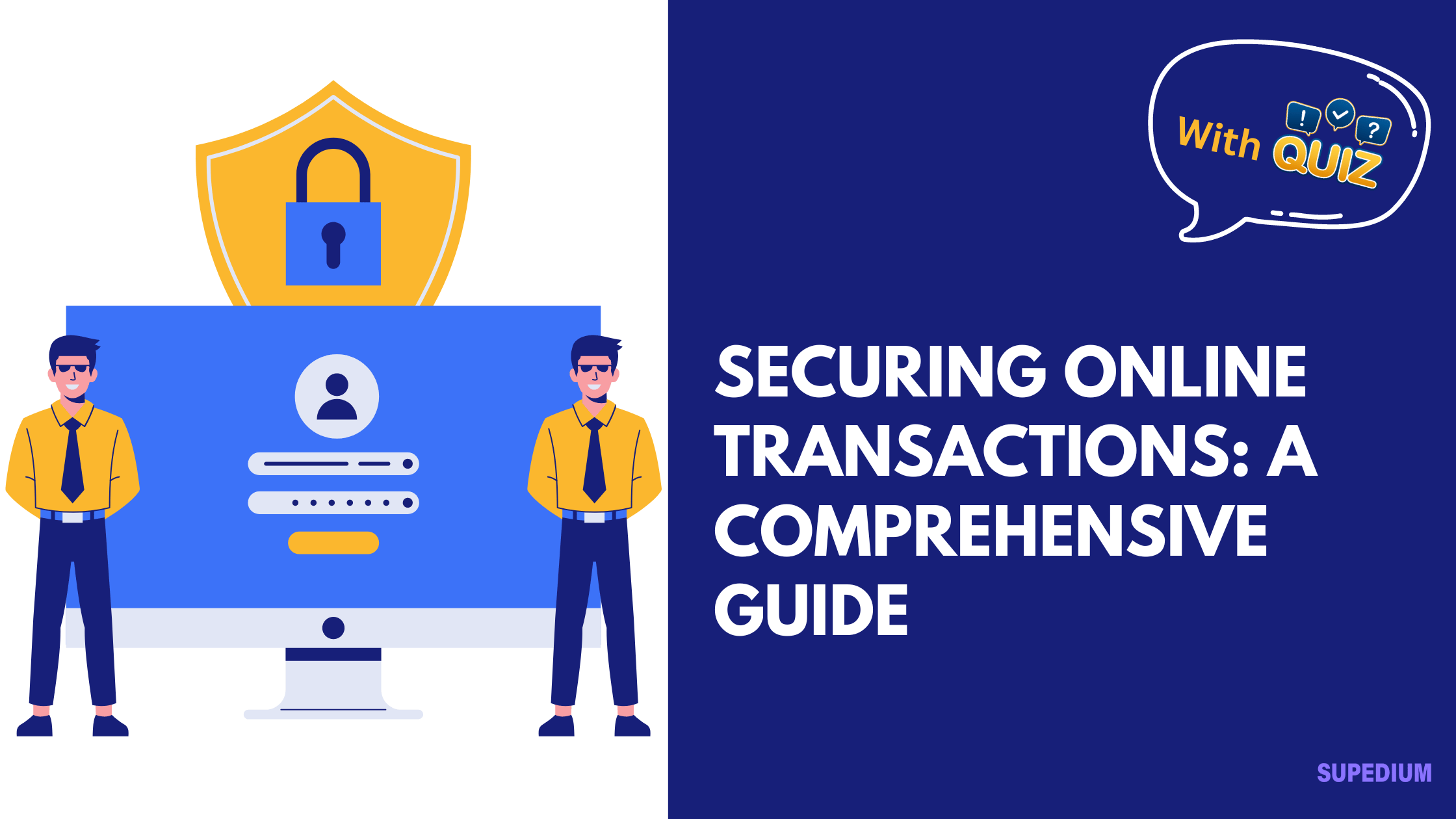Table of Contents
![]()
In an increasingly digital world, the importance of secure communication channels cannot be overstated. As we rely more on electronic means for personal and professional interactions, safeguarding our communications against unauthorized access and tampering becomes crucial. This article explores the significance of secure communication channels, the threats they face, key components for ensuring security, best practices, legal and ethical considerations, and future trends in this ever-evolving field.
Understanding Secure Communication Channels
Definition and Overview
Secure communication channels refer to methods and technologies designed to protect the confidentiality, integrity, and authenticity of information exchanged between parties. This includes safeguarding communications from unauthorized access, interception, and alteration. Secure channels utilize various techniques such as encryption, authentication, and data integrity checks to ensure that information remains private and accurate throughout its transmission.
The Threat Landscape
Types of Threats
- Eavesdropping: Unauthorized interception of communication is a significant risk. Eavesdroppers can gain access to sensitive information without the knowledge of the communicating parties.
- Man-in-the-Middle Attacks: In these attacks, an adversary intercepts and potentially alters the communication between two parties. This can lead to data manipulation or fraud.
- Phishing and Social Engineering: These deceptive tactics trick individuals into divulging confidential information, often by posing as a trustworthy entity.
- Malware and Spyware: Malicious software can be used to capture and transmit communication data to unauthorized parties.
High-Profile Breaches
Historical cases such as the Snowden revelations and recent incidents like the SolarWinds attack illustrate the severe impact of communication breaches. These incidents have highlighted vulnerabilities and underscored the necessity for robust security measures.
Key Components of Secure Communication Channels
Encryption
- Definition and Types: Encryption transforms readable data into an unreadable format using algorithms. Symmetric encryption uses the same key for both encryption and decryption, while asymmetric encryption uses a pair of keys (public and private).
- Implementation: Secure communication channels often use encryption protocols like HTTPS for web traffic and end-to-end encryption for messaging apps to protect data from unauthorized access.
Authentication
- Definition and Importance: Authentication verifies the identity of the communicating parties to prevent impersonation and unauthorized access.
- Methods: Common methods include passwords, multi-factor authentication (MFA), and biometric verification, which provide layers of security by requiring multiple forms of verification.
Integrity
- Definition: Integrity ensures that the data transmitted has not been altered during transit.
- Techniques: Techniques such as hash functions and digital signatures help verify that the data remains intact and unaltered.
Confidentiality
- Definition: Confidentiality ensures that only authorized parties can access the communication.
- Mechanisms: Data masking, encryption, and access controls are used to protect sensitive information from unauthorized access.
Best Practices for Ensuring Secure Communication
Use of Secure Platforms
- Choosing Secure Communication Tools: It is essential to select communication platforms known for their strong security measures, such as end-to-end encryption.
- Regular Updates and Patches: Keeping communication tools updated with the latest security patches helps protect against known vulnerabilities.
Strong Authentication Methods
- Implementing Multi-Factor Authentication (MFA): MFA enhances security by requiring users to provide two or more verification factors.
- Regular Password Updates: Regularly updating passwords and using strong, unique passwords for different accounts reduces the risk of unauthorized access.
Education and Training
- Employee Training: Organizations should educate employees about secure communication practices, recognizing phishing attempts, and other security threats.
- Public Awareness: Increasing awareness among users about the importance of secure communication helps in mitigating risks associated with personal and professional interactions.
Regular Audits and Assessments
- Conducting Security Audits: Regularly reviewing communication security measures helps identify and address potential weaknesses.
- Penetration Testing: Testing systems for vulnerabilities through simulated attacks can uncover security gaps that need to be addressed.
Legal and Ethical Considerations
Regulations and Standards
- Data Protection Laws: Compliance with regulations like the General Data Protection Regulation (GDPR) and the California Consumer Privacy Act (CCPA) is crucial for protecting personal data.
- Industry Standards: Adhering to industry standards such as ISO/IEC 27001 and NIST guidelines ensures that organizations implement robust security practices.
Ethical Responsibilities
- Balancing Security and Privacy: Navigating the balance between implementing stringent security measures and respecting user privacy is a critical consideration.
- Responsibility to Protect Sensitive Information: Individuals and organizations have an ethical obligation to protect sensitive information from unauthorized access and misuse.
Future Trends in Secure Communication
Advancements in Encryption Technologies
- Quantum Encryption: Quantum encryption, which leverages the principles of quantum mechanics, is emerging as a potentially unbreakable method of securing communication.
- Post-Quantum Cryptography: Research into cryptographic methods resistant to quantum computing threats is ongoing, preparing for future security challenges.
Integration with Emerging Technologies
- Artificial Intelligence and Machine Learning: AI and machine learning are being used to enhance security measures, including threat detection and response.
- Blockchain Technology: Blockchain’s decentralized nature offers new opportunities for secure and transparent communication methods.
Conclusion
Secure communication channels are vital in protecting the integrity, confidentiality, and authenticity of our digital interactions. By understanding the threats, implementing key security components, adhering to best practices, and staying informed about legal and technological advancements, individuals and organizations can safeguard their communications against evolving threats. As technology continues to advance, so too must our commitment to ensuring the security of our communication channels. Prioritizing communication security is not just a technical necessity but a fundamental aspect of maintaining trust and protecting sensitive information in the digital age.






Be the first to comment